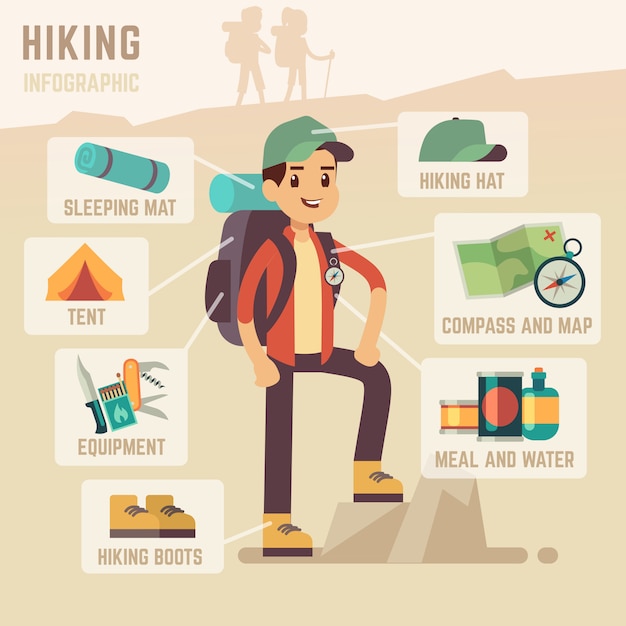Build A Profitable Online Camping Tents Empire From The Ground Up
Build A Profitable Online Camping Tents Empire From The Ground Up
Blog Article
How Essential Are Tent Footprints/Ground Cover?
Tent impacts are a fantastic way to protect your tent flooring from abrasions and expand its functional life. Almost all equipment suppliers use their very own brand-specific footprints that are created to match their particular outdoor tents models.
How much does a 5m Bell Tent weight?
This customized technique offers ease of configuration and decreases the danger of rain seeping in with the joints.
What are they?
Outdoor tents footprints (likewise called camping tent ground sheets or under outdoor tents pads) offer a layer of defense between the base of your camping tent and the outdoor atmosphere. They safeguard your outdoor tents from sharp objects, moisture, and abrasive surfaces.
A lot of camping tent suppliers provide their very own well-known impacts developed to fit flawlessly with their designated shelter versions. Nonetheless, these are typically expensive and reasonably hefty contrasted to DIY alternatives like Polycryo or Tyvek.
Footprints are commonly made from resilient, waterproof products such as polyurethane, nylon or silnylon. For ultralight backpackers seeking to decrease pack weight, there are likewise light-weight, high-strength choices made from Cuben Fiber (Dyneema). It's important to pick a footprint that's a little smaller than your tent to stop rainwater from dripping down the sides of your shelter and channeling underneath you while you rest-- no one intends to wake up in a pool! A footprint is a rewarding addition to any type of outdoor camping trip. It assists ensure a lengthy lifespan for your camping tent while including comfort and peace of mind.
Exactly how vital are they?
Camping tent footprints secure the base of your tent from abrasion and moisture, assisting to expand its lifespan. They're normally made from water resistant and dirt-resistant materials like polyethylene or a lightweight oxford polyester, though the denier of the material will certainly vary (the greater the denier number, the thicker and burlier).
Many impacts are made to exactly match the shape of your tent's floor, which aids decrease material waste. Numerous have grommets or loopholes where you can weave guylines for tension and risks, guaranteeing that the impact is securely held down.
If you camp in harsh terrain or locations where there's a lot of downed branches and sharp rocks, a tent footprint is well worth the added weight and bulk. But if you frequently camp in completely dry, sandy or rocky conditions, an impact may be overkill. A tarp is a tent sales far better choice in that case.
Do you typically pack one?
If you're camping on a really level surface where rocks and sticks aren't a problem, an outdoor tents footprint possibly isn't necessary. If you remain in the backcountry with a lot of harsh surface, a footprint can make life a lot easier.
Footprints are normally sized somewhat smaller sized than the base of the outdoor tents. That's since a bigger impact would catch rain and channel it under the tent, where you can get up in a pool.
Nevertheless, footprints can be expensive and heavy if you buy one from the manufacturer of your tent (the Big Agnes Tiger Wall surface UL 2 impact, for example, sets you back $70 and considers six ounces). You can save cash and weight by making your very own DIY footprint by reducing a piece of Tyvek or other waterproof textile to the specific measurements of your shelter. You can even add grommets for simple attachment. The main benefit of a footprint is that it helps to secure the flooring of your backpacking tent from abrasive elements such as rocks and branches.
How do you keep them clean?
A manufacturer's impact can include considerable weight to your shelter system and if you're an ultralight backpacker trying to save every ounce, it may not be worth it. Therefore, lots of backpackers will use a do it yourself groundsheet that's made out of something like Tyvek or Polycryo and cut it to size for their tent footprint.
This option is relatively inexpensive and will protect your camping tent from wetness, rocks, thorns, sticks, and so on, while additionally aiding to keep all-time low of your camping tent dry.
If you do make a decision to buy a footprint, make certain it's created especially for your details tent as this will help reduce water merging around the edges of your shelter. For example, if your outdoor tents footprint is too large and expands past the edge of your rainfly, it will certainly collect rainfall which can seep right into lighter-weight tents and potentially wear down the flooring. See to it it fits your tent rather comfortably to avoid this.
Are canvas tents worth the money?
